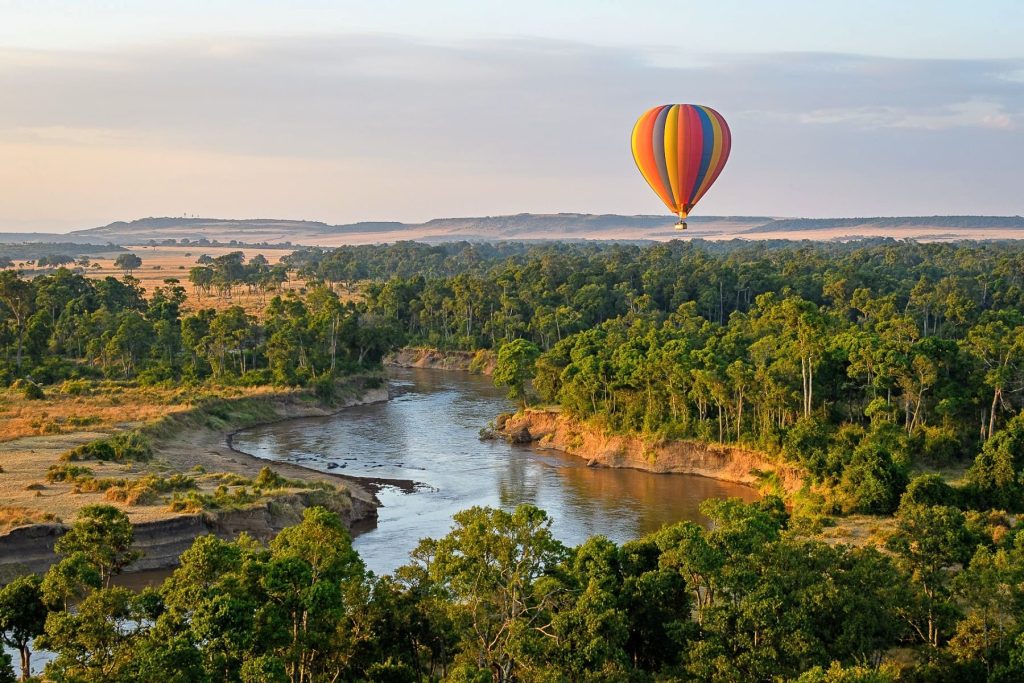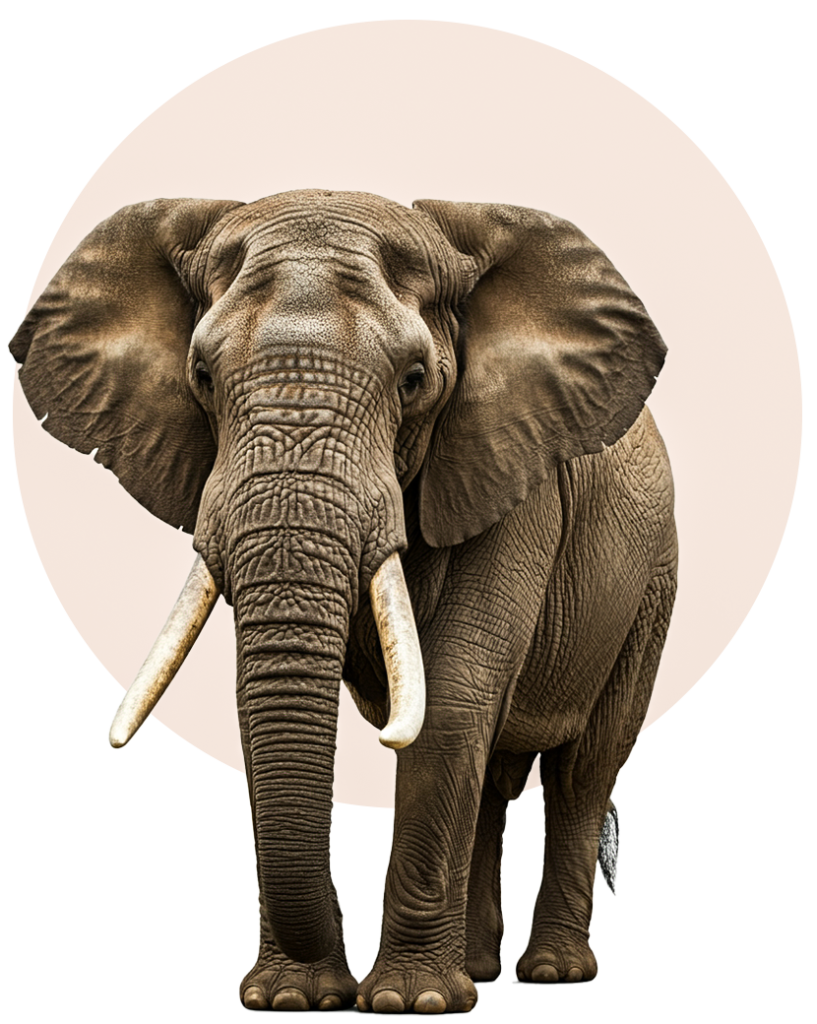Maasai Mara National Reserve

Overview
The Maasai Mara National Reserve, located in southwestern Kenya, is one of Africa’s most celebrated safari destinations. Spanning approximately 1,510 square kilometers (583 square miles), this iconic reserve is renowned for its breathtaking landscapes, abundant wildlife, and rich Maasai culture. Named after the Maasai people who inhabit the area and the Mara River that flows through it, the reserve offers a quintessential African safari experience with its wide-open plains, acacia-dotted savannas, and dramatic sunsets. The Maasai Mara is especially famous for hosting part of the Great Migration, where millions of wildebeests, zebras, and gazelles make a perilous journey from the Serengeti in Tanzania, creating one of nature’s most awe-inspiring spectacles.
Wildlife Highlights
The Maasai Mara is a haven for wildlife enthusiasts and photographers, offering some of the most diverse and concentrated wildlife populations on the continent. Visitors can expect to encounter the “Big Five”—lions, leopards, elephants, buffalo, and rhinos—as well as numerous other species, from hippos and crocodiles along the Mara River to towering giraffes and herds of antelope across the plains. The reserve is also a paradise for bird watchers, with over 470 species recorded, including birds of prey, colorful bee-eaters, and the elusive grey crowned crane.
Key Species to See:
- Lions – The Maasai Mara is home to one of the highest densities of lions in Africa, with numerous prides patrolling the reserve.
- Cheetahs – Known for their speed, cheetahs are commonly seen in the open plains, where they hunt during the day, providing great photo opportunities.
- African Elephants – Large herds of elephants roam the Maasai Mara, and it’s common to see families with calves grazing in the grasslands.
- Wildebeest and Zebras – During the Great Migration, wildebeests and zebras cross into the Maasai Mara, attracting many predators and creating unforgettable moments.
- Rhinoceros – Both black and white rhinos are present, though sightings are rare due to their shy nature and small population in the area.
Experiences in Maasai Mara Reserve
- The Great Migration: Visiting between July and October offers the chance to witness the dramatic river crossings as thousands of wildebeests and zebras brave the Mara River, facing crocodiles and other dangers along the way.
- Game Drives: Guided game drives offer close-up encounters with the wildlife of the Mara, with options for early morning, afternoon, or full-day excursions.
- Hot Air Balloon Safaris: Floating above the Maasai Mara at sunrise provides an unforgettable view of the landscapes and wildlife, followed by a bush breakfast.
- Cultural Visits: Guests can visit local Maasai villages to learn about traditional Maasai culture, customs, and crafts, fostering a deeper connection to the region.
- Photographic Safaris: The Maasai Mara’s landscapes and diverse wildlife make it a prime location for photography safaris, often led by professional wildlife photographers.
Maasai Mara FAQ's
Can I see the "Big Five" in the Maasai Mara?
Yes, the Maasai Mara is home to the “Big Five” (lion, leopard, elephant, buffalo, and rhino). With its high density of wildlife, sightings of these iconic animals are common, though rhinos are more elusive.
What accommodations are available in the Maasai Mara?
The Maasai Mara offers a range of accommodations, from luxury lodges and tented camps to budget-friendly safari camps. Options include accommodations within the reserve and in nearby conservancies, providing a variety of experiences and levels of exclusivity.
What is the best time to visit the Maasai Mara?
The Maasai Mara is a year-round destination, but the best time to visit is during the Great Migration season from July to October, when the wildebeest cross the Mara River. For general game viewing, June to October offers dry weather and higher visibility.


